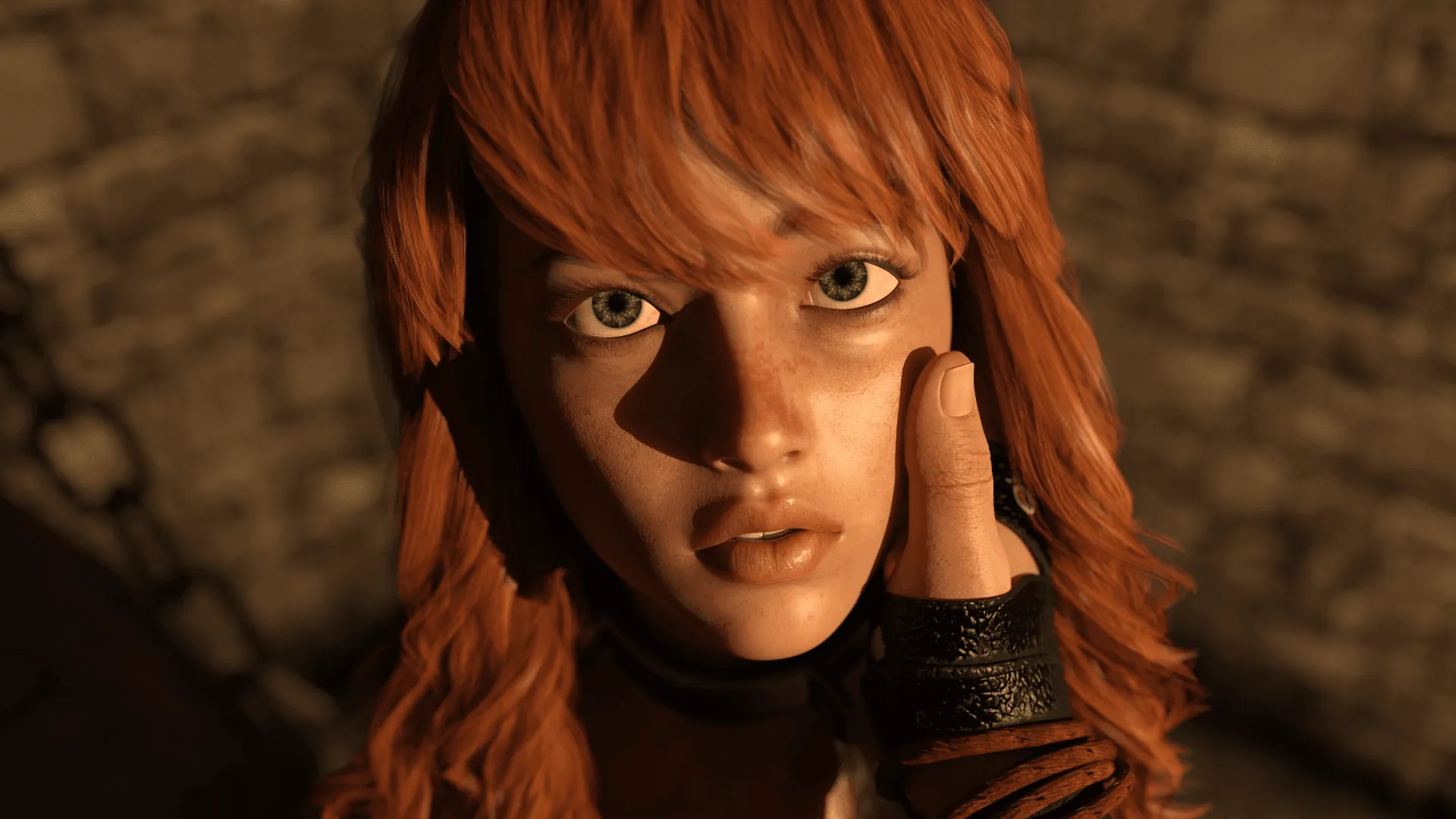
Play Bad Memories
Bad Memories review
Explore the narrative, mechanics, and player experience of Bad Memories
Bad Memories is a narrative-driven game that immerses players in a deeply emotional story about childhood trauma, family struggles, and personal growth. This article explores the game’s storyline, gameplay mechanics, and unique features that set it apart. Whether you’re curious about the choices you can make or the atmosphere that shapes the experience, this guide offers a comprehensive look at Bad Memories, helping you understand what makes this game compelling and how to navigate its challenges.
Understanding the Story and Themes of Bad Memories
Let’s be honest—we’ve all had moments from our past that we’d rather forget. 😅 That one embarrassing school photo, the cringey phase we went through, the argument we wish we could take back. But what if your entire childhood was a minefield of those moments? That’s the powerful, gut-wunching premise at the heart of Bad Memories. This isn’t your typical power fantasy; it’s a raw, intimate journey back to a place most games are afraid to go. I remember playing through the first act and having to put the controller down, it hit that close to home. 🎮❤️🩹
This family drama game masterfully pulls you into its world, making you an active participant in unraveling a life shaped by pain and imperfect people. If you’re ready to explore a story that’s less about saving the world and more about saving yourself, you’re in the right place. Let’s dive deep into the heart of this unforgettable experience.
What is the core narrative of Bad Memories?
At its core, the Bad Memories story is a poignant exploration of a broken home and the long shadow it casts. You play as Alex, a young adult who is forced to return to their seemingly abandoned childhood home after receiving a mysterious letter. 🏚️ The game brilliantly unfolds across two timelines: the present day, where you explore the dilapidated house as an adult, and flashback sequences that drop you right back into key, often painful, moments from your youth.
The genius of the Bad Memories plot summary is its non-linear delivery. You don’t get the story handed to you on a plate. Instead, you piece it together like a detective, triggered by interacting with objects—a cracked music box, a faded report card, a specific smell of rain. Each memory is a vignette, a playable segment where you re-live arguments, quiet moments of sadness, and fleeting instances of joy. The full picture of what happened to Alex’s family—the loss, the resentment, the things left unsaid—only becomes clear as you courageously face each of these Bad Memories.
It’s a narrative that respects your intelligence, asking you to connect the dots and form your own understanding of the past, which makes the emotional payoff all the more powerful.
How does the game explore emotional and moral themes?
Where Bad Memories truly shines is in its unflinching handling of its subject matter. The emotional themes in Bad Memories are its backbone, exploring heavy-hitting concepts like grief, forgiveness, guilt, and the cyclical nature of trauma. This isn’t just window dressing; the game makes you feel the weight of a child’s confusion and an adult’s regret. 😢
This is all driven by its brilliant use of Bad Memories narrative choices. You’re not just a passenger on this ride. During flashbacks, you are often presented with dialogue options and actions. Do you stand up to a bullying parent, or do you stay silent and retreat into yourself? Do you tell a hard truth to protect a sibling, or a comforting lie to keep the peace? These aren’t clear-cut “good” or “evil” choices. They are nuanced, difficult, and painfully human moral dilemmas in Bad Memories.
I recall one particular scene where young Alex had to decide whether to hide a beloved pet from an angry parent. My gut instinct was to protect the innocent creature, but I also knew that defiance could make things worse for everyone. I sat there for a full minute, paralyzed by the weight of it. That’s the power of this game. Your choices directly impact Alex’s emotional state in the present, influencing their internal monologue and ultimately, the version of the truth they are able to accept by the story’s end. It’s a masterclass in showing how our past decisions, big and small, shape who we become.
Who are the key characters and their roles?
The Bad Memories characters are not archetypes; they are flawed, complex, and heartbreakingly real. You won’t find pure villains here, just people struggling with their own demons, often at the expense of those they love. Getting to know them is key to understanding the entire tapestry of the game’s story.
Here’s a breakdown of the central figures whose lives are intertwined with Alex’s:
| Character | Description | Narrative Role |
|---|---|---|
| Alex | The protagonist you play, both as a child and an adult. Haunted by their past and seeking closure. | Your avatar for exploration and choice. Their journey of self-discovery is the central plot. |
| Mother | A woman consumed by a profound loss, struggling with depression and often unable to provide emotional warmth. | Represents the source of much of Alex’s feelings of neglect and longing for approval. |
| Father | Stoic and emotionally distant, he copes by withdrawing from the family, leaving a void of leadership. | Embodies the theme of absence and the consequences of unresolved grief within a family unit. |
| Elder Sibling (Sam) | Alex’s older brother or sister, who often acted as a protector but also bore the brunt of parental expectations. | Highlights the theme of fractured sibling bonds and shared trauma, offering a different perspective on past events. |
👆 This core family unit is the engine of the entire Bad Memories story. Their interactions, failures, and rare moments of connection are what you’ll spend the game unpacking. Through your exploration, you’ll learn that each character is fighting a battle you know nothing about, forcing you to constantly re-evaluate your judgments of them.
What makes the cast of Bad Memories characters so compelling is that your perception of them evolves. The parent you viewed as a monster in one memory might be revealed as a heartbroken individual in another. This complexity ensures the story remains engaging and refuses to offer easy answers, mirroring the messy reality of family dynamics.
Ultimately, Bad Memories is more than a game; it’s an emotional experience that stays with you. It asks difficult questions about our past and challenges us to consider the power of perspective and the difficult path toward healing. By masterfully blending its narrative choices with deep emotional themes, it creates a uniquely personal journey that is different for every player who dares to open that front door and step inside.
Bad Memories offers a rich, emotionally charged experience that combines storytelling with interactive gameplay. Its exploration of complex themes through meaningful choices makes it a standout title for players who appreciate narrative depth. By understanding the story, characters, and gameplay mechanics, players can fully engage with the game’s world and uncover all its secrets. Dive into Bad Memories to experience a journey of reflection, challenge, and discovery.




























